Getting out and about in the Scottish Highlands and on the Loch Ness 360° trail is a hugely popular activity. With scenic lochs, stunning mountains and gorgeous buildings, it’s no wonder that millions of people visit Inverness and Loch Ness each year. An important part of enjoying the outdoors is being aware of how to stay safe around the Scottish animals you’ll find here. Not just wild animals but farm stock too. Here are a few tips if this is your first time in the Scottish countryside.
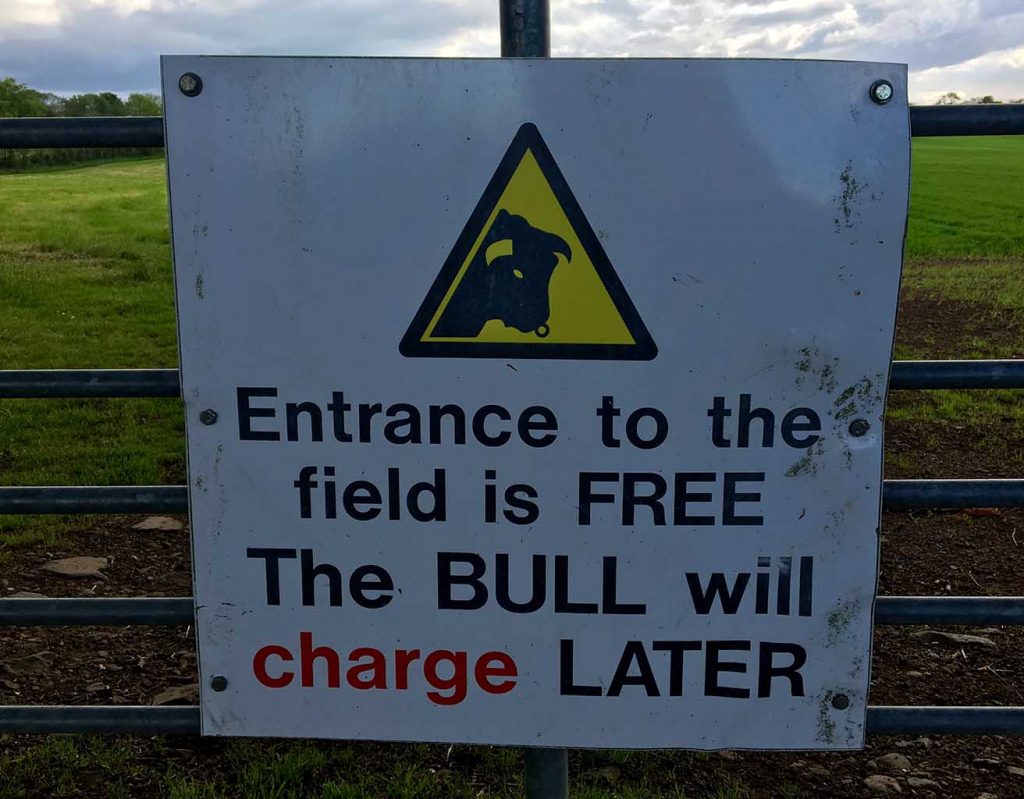
1. Don’t climb fences
Fences are there for a reason! Taking a shortcut across a field may sound like a brilliant idea, especially when it’s dark and there’s a pub over there, but it’s not worth the risk. Apart from the fact that there may be swampy or muddy areas (or worse – fresh cow pats) that you might trip in, you may be disturbing farm animals. Although they look benign and harmless, cows and sheep can become aggressive, especially if they are protecting their young. If you are unlucky enough to enter a bull’s field during mating season, you had better be able to run very fast indeed!
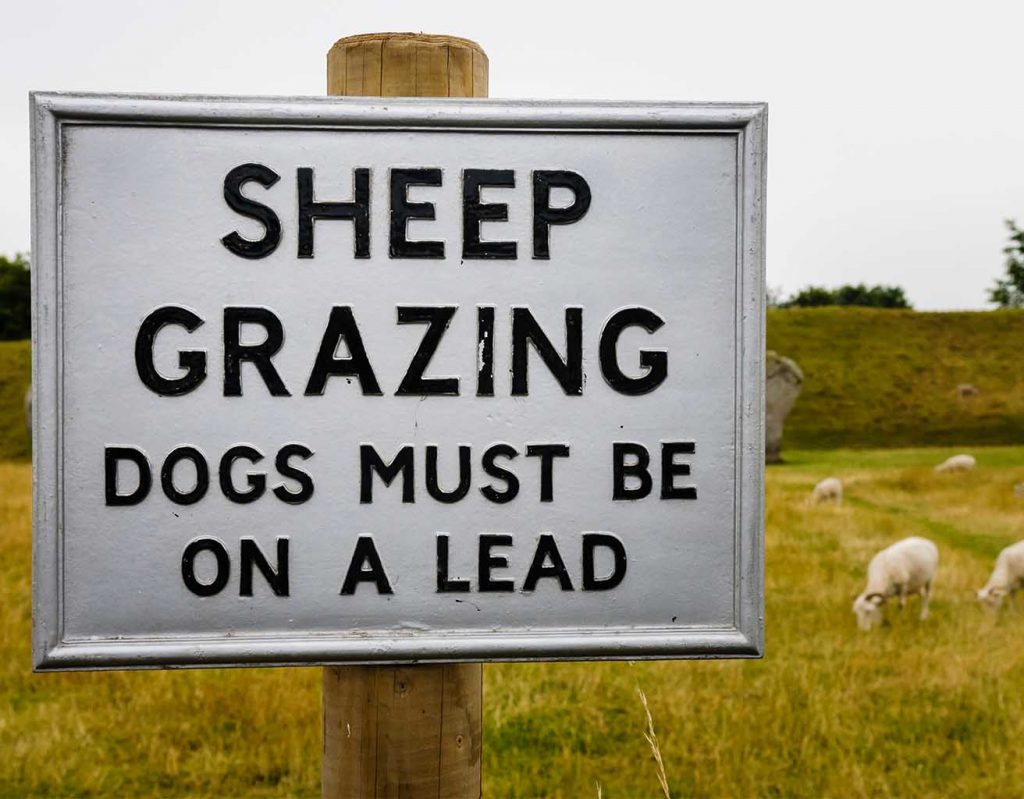
2. Keep dogs on leads near farms
Dogs – even the nicest, calmest ones – can stress out animals. They may not even have to chase a farm animal, just be close by, in order to stress them. During lambing season around Loch Ness, this can lead to sheep losing their lambs through worry. Sometimes, being chased alone is enough to kill a sheep.
Worrying livestock is a serious offence – a farmer can be entitled to shoot your dog if the flock is in danger. Be safe, and in areas where there might be livestock, keep your dog on lead.
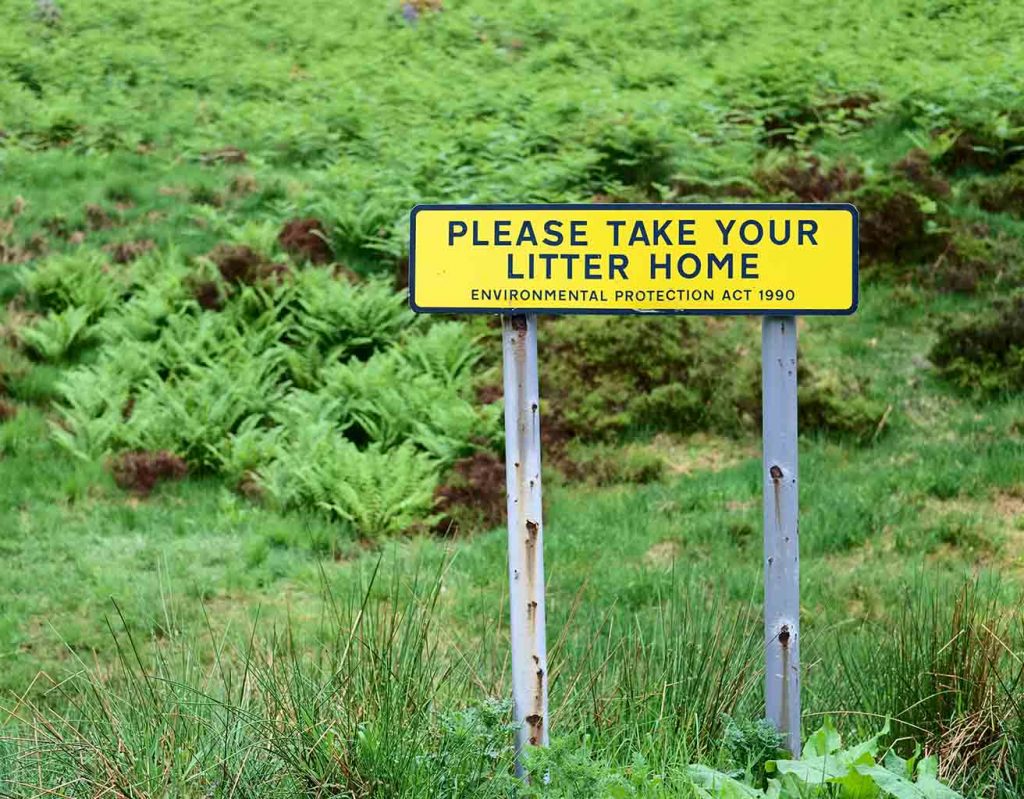
3. Don’t litter
Littering isn’t something we should do anywhere, but it is especially important when the litter might end up killing wild animals in Scotland. Plastic bags can get entangled around the heads of small animals. Fishing line can become wrapped around delicate necks. Even dog poo bags, if left hanging on a tree or by a path, can be swallowed by horses. The old adage is most certainly true – leave only footprints, take only photographs.
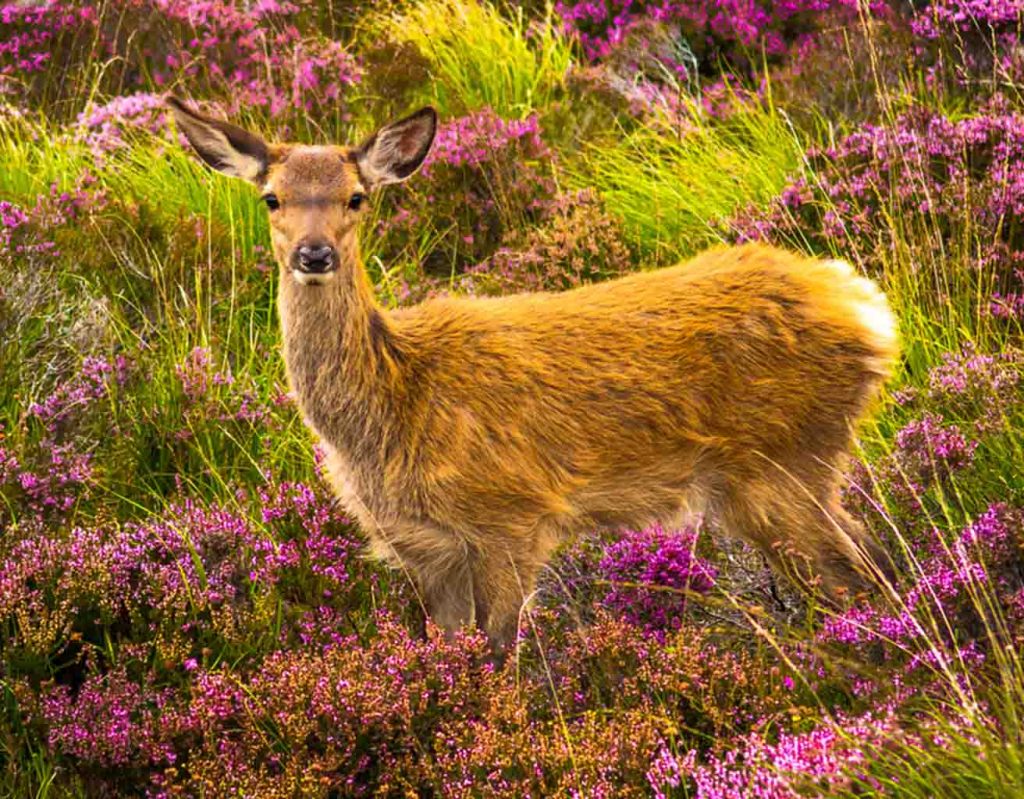
4. Leave babies alone
If you are out on a lovely hike and see a young lone animal, like a deer fawn, lying in the grass, with no other deer in sight, what would you do? If you said pick it up and take it to the vets, you have made a very big mistake.
It is very common for young wild deer in Scotland to be left alone in tall grass whilst their mother goes off finding food. Disturbing the animals may cause it distress. Best to leave it alone and come back a few hours later to check on its situation. Mum will probably have returned by then.
If it’s clearly in distress, or in a dangerous place like next to a busy road, it is worth calling the SSPCA (Scottish Society for the Prevention of Cruelty to Animals) for advice before doing anything yourself.
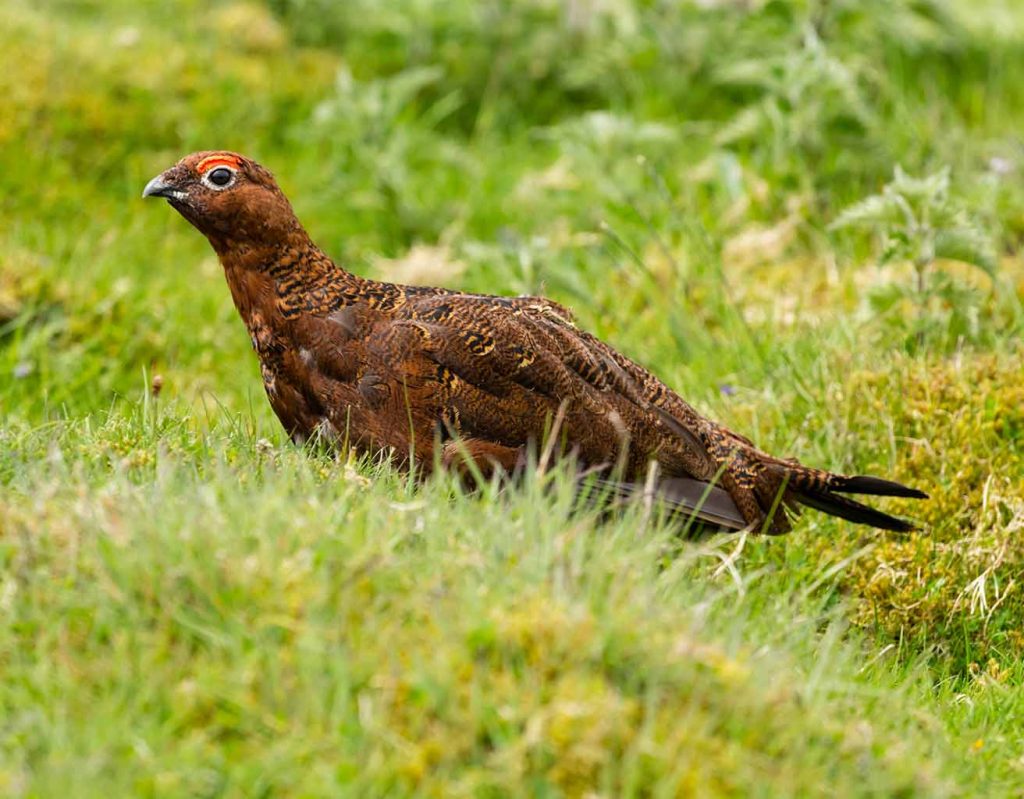
5. Avoid disturbing animals
Animals and birds are brilliant, but they might not think the same about you. Getting up close to nature is wonderful – but only if nature wants that too! That’s why creeping up close to birds nests or marine life like seals is dangerous. It’s best to keep a distance to avoid causing stress to the animals. Also keep in mind that some animals and birds might fight back!
If you want to get close to animals and Loch Ness wildlife, take a pair of binoculars or a camera with a zoom lens. Sometimes, if you are still and quiet, Scottish animals like squirrels might come up to you. Nature is best enjoyed in quiet – you’re bound to be rewarded eventually.
